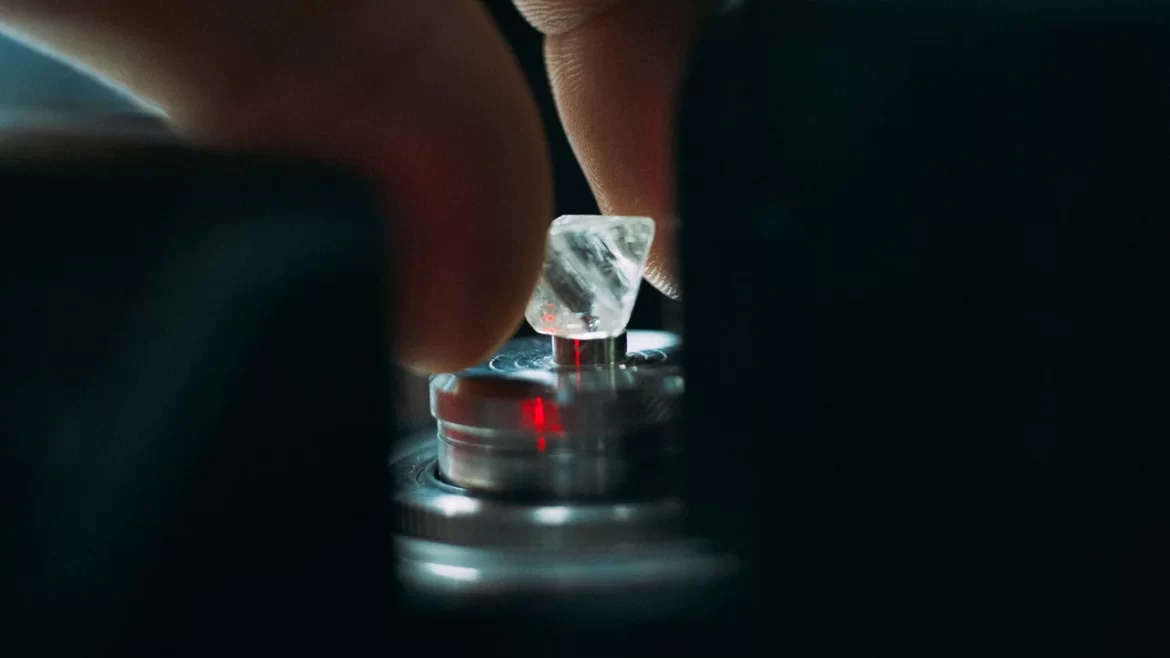Rough diamonds above 5 carats were in tight supply during this week’s trading session, with industry sources attributing the shortage to both production cuts and De Beers’ strategy of limiting supply.
During the February sight, prices remained stable across most categories as De Beers adhered to its policy of not overflooding the market, according to insiders.
However, the scarcity of large stones raised eyebrows, especially considering De Beers reportedly holds $2 billion in inventories, its highest level since the 2008 financial crisis.
Some market players viewed the shortage of larger stones positively, interpreting it as a sign that these categories had sold well in previous sights.
Larger polished diamonds, particularly those weighing 2 carats and above, have outperformed smaller stones (0.30 to 2 carats) during the recent downturn.
De Beers’ inventory is believed to be predominantly composed of smaller diamonds, according to some market observers. The company declined to comment on its stock levels.
Production cuts have also played a role in the tightening supply. De Beers’ output dropped 22% to 24.7 million carats in 2024, and the company forecasts a further reduction in 2025, with production expected to range between 20 million and 23 million carats in line with demand projections.
At Botswana’s Jwaneng mine, known for its high-value rough diamonds, production slumped by 49% to 1 million carats in 2024.
This significant drop is expected to impact the availability of 5- to 10-carat stones. De Beers has indicated it may attempt to fill supply gaps later in the year.
Some insiders believe De Beers may be limiting supply as part of a strategic move, either to protect the market or to incentivize sightholders to purchase less in-demand goods.
One sightholder executive noted his unsuccessful attempts to apply for 5-carat or larger ex-plan goods—diamonds sold outside customers’ preset allocations.
However, he suggested that the perceived shortages might not fully reflect De Beers’ actual supply of these stones, speculating that the company could be using large diamonds as leverage to reward customers who purchase smaller, less sought-after goods.
Despite the tight supply, the mood at the sight was cautiously optimistic, with De Beers opting not to adjust its prices.
Polished demand appears to have stabilized, and the rough supply has thinned, signaling a modest recovery for the market.
Notably, De Beers and the Botswana government signed a landmark 10-year sales agreement this week, after lengthy negotiations.
The event was celebrated with a presentation and gala dinner in Gaborone, providing a welcome milestone for the industry.
These developments come as a relief after months of turmoil in the rough diamond sector. Just last week, Anglo American, De Beers’ parent company, announced a $2.9 billion reduction in De Beers’ book value.
While De Beers made significant price cuts in December to align with tender market conditions, no major changes have been made since then.
Alrosa also held prices steady during its February trading session, with other miners reportedly increasing prices at their recent tenders.
Dealers have noted that De Beers’ goods remain significantly more expensive than those from other miners, despite the tightening market.
“With De Beers not reducing prices, the rough diamond market has tightened,” said one sightholder. “It’s harder to get goods in the quantity you need, and people are bidding up prices because they need rough diamonds.”
![]()




